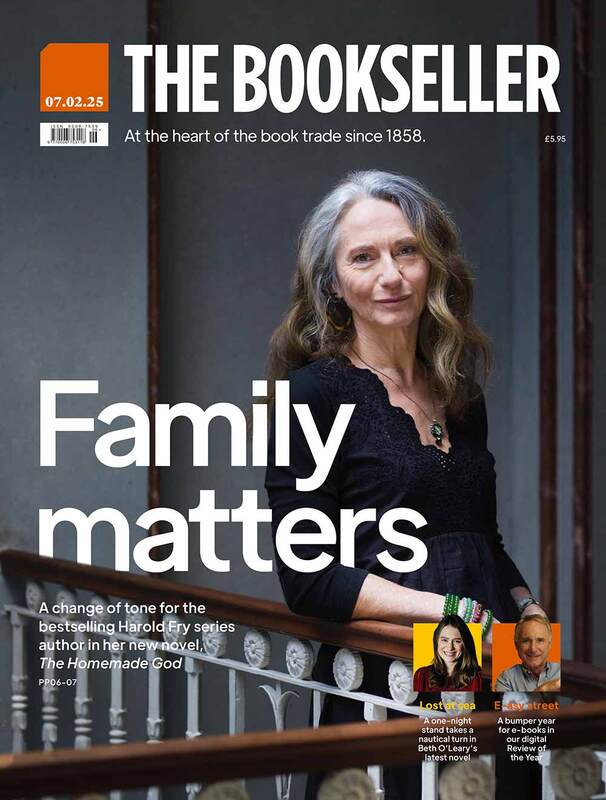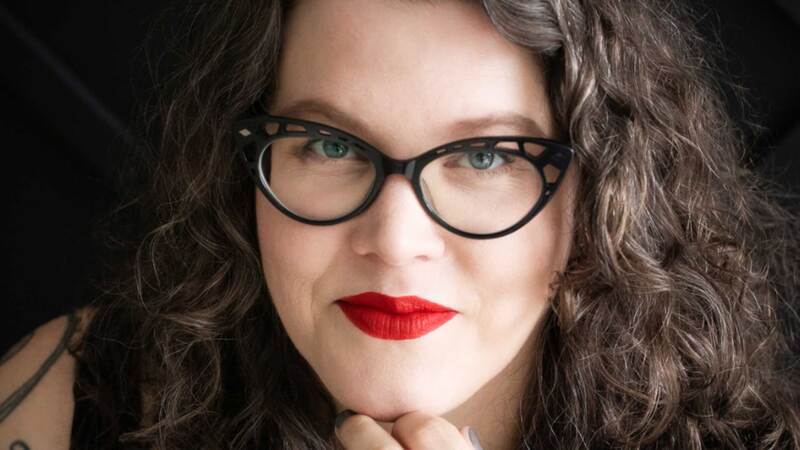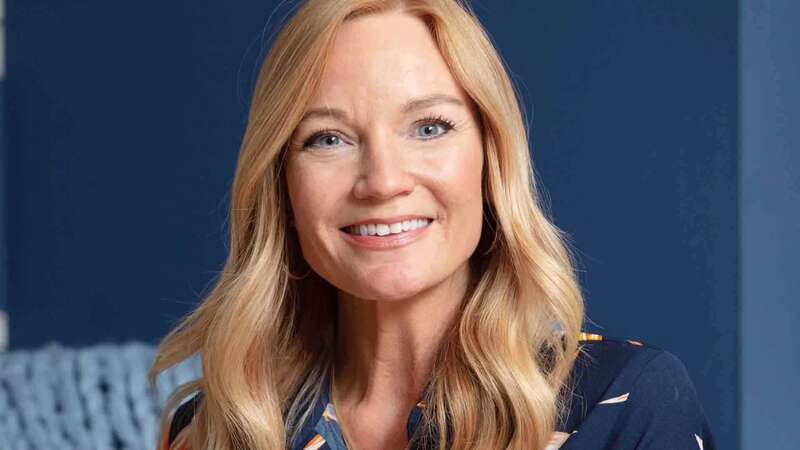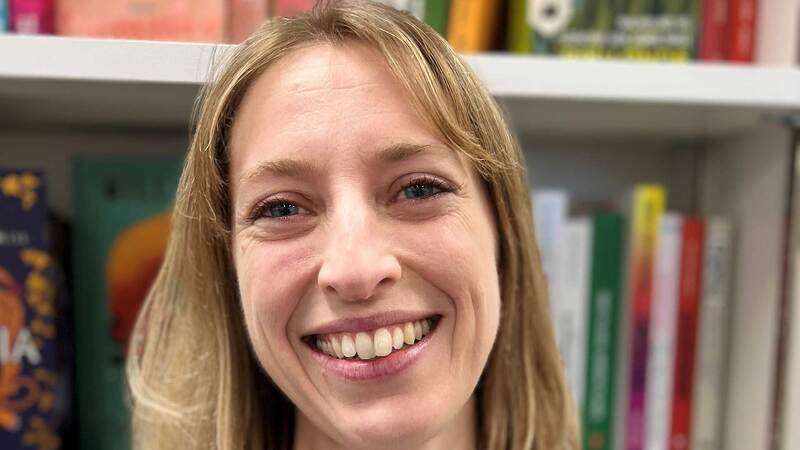You are viewing your 1 free article this month. Login to read more articles.
Tony Ross reveals plans for Little Princess reissues
Andersen Press is giving Tony Ross’ classic Little Princess picture book series a push in 2017, with reissues of the titles to pre-empt a brand new instalment in October.
The series is getting a reboot partly because of its age (it has been in print for 31 years) and also because Andersen has signed a new TV deal which will see Channel 5 air a fourth animated series based on the titles in 2018. New editions of I Want My Potty! and I Want My Dummy!, with new artwork and lettering, will be published in August, followed by a new story, I Want Snow!, in October.
I Want Snow! is the first Little Princess Christmas book. In it the heroine demands snow, despite living in a sunny climate. Once she finally gets her way, of course, she decides she doesn’t like snow after all. Ross says the storyline started off as “a notion”, like the rest of the books in the series, because he liked the idea of a princess growing up in
a sheltered sort of environment, knowing nothing but summer-time weather. He jokes: “I’ve always quite liked drawing snow . . . because you don’t have to draw anything on the white paper. It cuts down the work hugely.”
Ross was inspired to create the original Little Princess story, I Want My Potty!, when his daughter refused to leave hers to go to bed. After spending a day on the text and illustrations, he sent the story to Klaus Flugge, founder of Andersen Press, who instantly spotted the potential.
“Klaus wanted a second book, then a third, and I thought he was crackers. But there are now around 13 or 14 of the original books, and the fiction series which my wife writes,” says Ross.
Since the 1980s The Little Princess series has sold “millions” of copies in 31 languages, according to Andersen Press. Ross reckons he has illustrated more than 3,000 books, both his own and other people’s. He gets through two or three of his own every year as well as creating “umpteen” black and white illustrations for others—he says they are “a doddle”, because they don’t require colouring in.
His most famous collaborator is David Walliams (Ross succeeded Quentin Blake, on Blake’s recommendation, in 2010), a writer he admires, though he complains that HarperCollins doesn’t give him enough time to complete the illustrations. Ross adds: “It’s always a joy working with good writers, but when I’m working on my own text if there’s something I can’t draw, I’ll leave it out. I’m not very good at drawing pretty women, or trees with leaves on. But I’ve just done a book with Clare Balding about ponies [The Racehorse That Wouldn’t Gallop]—that was interesting!”
He even illustrated two titles for Roald Dahl (Magic Finger and Fantastic Mr Fox) before Blake took over the author’s oeuvre. Ross describes the Cardiff-born writer as “terrific” and a “really nice guy to work with”. “When we went out we wouldn’t talk about publishing, he just wanted to talk about Spitfires and Hurricanes. He was happy enough with my drawings, although he did look at each one very carefully. He once told me Mr Fox had five whiskers on one page and seven on another, so I had to go through the entire book counting whiskers.”
His favourite author to work with, however, is Jeanne Willis, with whom he has done several books for Andersen. “She’s a dream writer because she likes what I do and doesn’t interfere. She takes all the illustrations and never, ever makes corrections.”
Ross’ extensive backlist is part of the reason why he has topped The Bookseller’s illustrator chart—compiled using data from the top 500 titles through Nielsen BookScan’s Total Consumer Market (TCM)—for the past two years. According to the analysis, books illustrated by Ross achieved volume sales of 2,109,594 units in 2016, for a value of £12.2m, putting him ahead of the next most successful UK-based illustrator, Axel Scheffler.
Ross is, however, sanguine about the achievement, and warns that the money doesn’t necessarily filter down to his own pockets. “I only get about a quarter of what I earn—my ex-wife takes half, then the income tax people take half of what’s left. And of course for Walliams’ books I don’t get any royalties [Ross receives a flat fee for his input]. It’s possible I’m up there [at the top of the chart] because I do such a lot of work. I’ve heard of some poor sods who work all year on one book. If I have a book that goes into the second week I begin to fret and get bored with the whole thing. If you work fast, you tend to publish more.”
He has an office at home—although it doubles up as a room for his cats and has a TV and a pool table in it—but he doesn’t work regular office hours. “I piddle around a lot of the time. It’s a case of real life, sitting down drawing, getting up again, real life again, sitting down drawing.”
He is working on a book about ants, partly as an antidote to the “simpering” and “samey” picture books he sees too many of. “I’ve just given Klaus a book about ants. It’s got war, death, pestilence . . . and he didn’t blink. I prefer something that pushes the child into thinking and questioning, even worrying.”

















